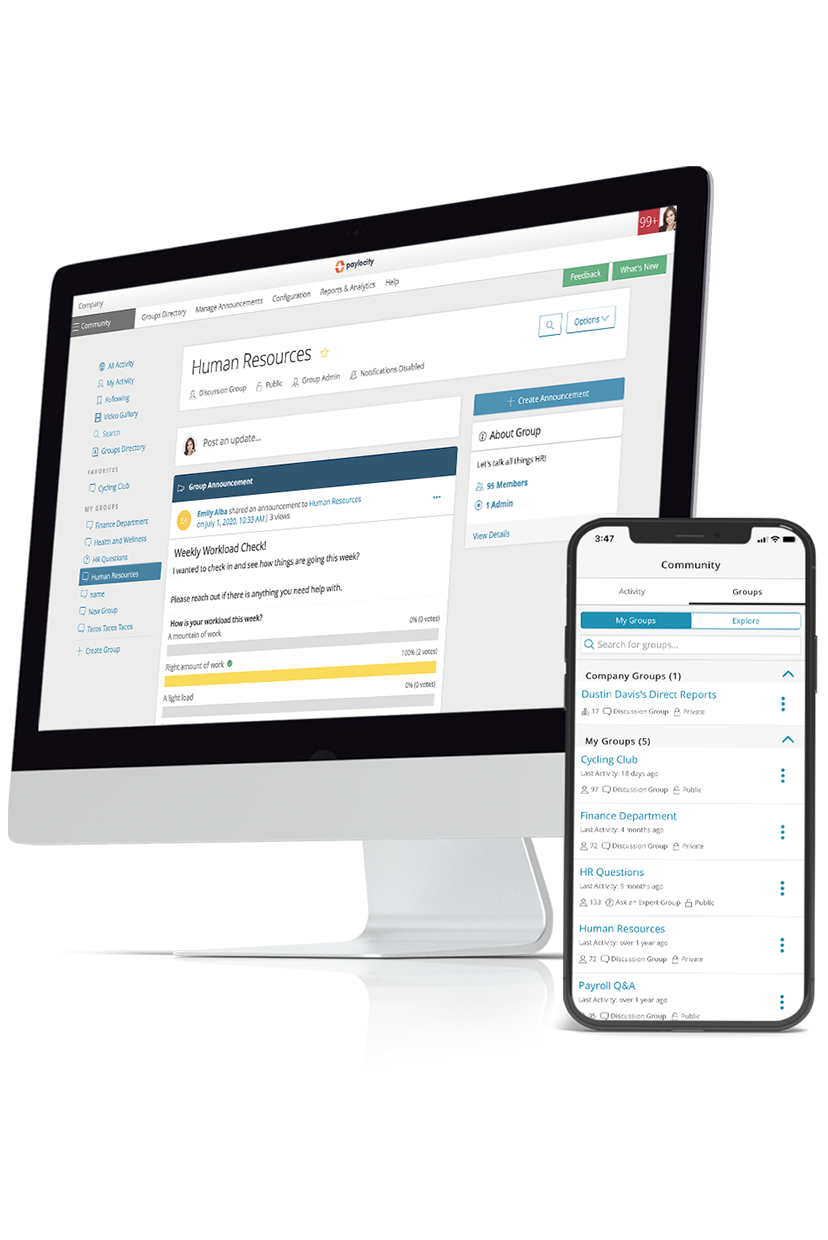Proximity Bias
Summary Definition: An tendency for managers to prioritize or favor employees who work physically near them versus remote workers or those in other offices.
What is Proximity Bias?
Proximity bias describes a manager’s preferential treatment of employees who are physically near them. In other words, it’s when managers prioritize and recognize employees in the office over those working remotely or in other offices.
In hybrid workplaces, teams may be spread across multiple locations, sometimes even different countries. With this comes the threat of proximity bias. This means remote workers may miss out on career opportunities, rewards, or the chance to be involved in decision-making.
Key Takeaways
- Proximity bias is when a manager shows preferences or favoritism to employees who are physically located near them, such as in the same office.
- This bias is a rising concern in today’s increasingly hybrid environment, risking harm to company culture, employee satisfaction, and employee turnover.
- Steps to prevent proximity bias include implementing regular performance reviews and hosting online social or networking events.
Examples of Proximity Bias
-
Meeting schedule preferences: When working in the office, it’s easy to schedule impromptu meetings since everyone is present in one place. Remote workers, however, miss out and have fewer opportunities to contribute to decisions.
-
Project assignments: Managers may tend to assign projects to employees who are immediately accessible. As a result, remote workers can be overlooked and struggle to demonstrate their skill.
-
Recognition: It’s easy to recognize the observable hard work of an employee who’s within earshot. However, the lack of visibility among remote workers may mean they aren’t as well recognized for their contributions.
The Impact of Proximity Bias on Hybrid Workers
Hybrid workers (i.e., those who blend in-office and remote working) can suffer the same biases as their fully remote counterparts:
-
Less spontaneous interactions: If a hybrid team member works from home several days a week, they may miss out on impromptu discussions that lead to important decisions.
-
Fewer networking opportunities: Professional relationships and collaboration often hinge on networking at in-person events. Hybrid workers don’t have as much time in the office to develop these relationships.
-
Weaker team dynamics: In-office colleagues can form strong relationships, through face-to-face discussions and even informal happy hours. Hybrid staff will miss many of these opportunities, weakening their connection to the team.
-
Exclusion from company culture: Company culture often impacts staff turnover rates. Hybrid employees may miss workplace events that showcase a more “fun” side of the organization, weakening their emotional connection to the company and other employees’ connection with them.
How to Prevent Proximity Bias in the Workplace
Here are a few tips for reducing proximity bias at work and ensuring all employees have equal opportunity to showcase their talent, make connections, and advance their careers.
- Provide equal communication opportunities. All communication channels should be accessible to all team members, hybrid or otherwise. Use video calls for large meetings, even when most workers are physically in the office.
- Have a transparent project assignment process. Implement a clear and transparent assignment process in a shared spreadsheet, highlighting everyone’s workloads and areas of expertise. This helps ensure all staff members get fair consideration.
- Implement regular, formal performance reviews. Hold regular feedback sessions and performance reviews that rely on transparent and unbiased assessments, such as a point system for standardized performance measures.
- Create online social and networking spaces. Use tools like Teams groups, Slack channels, or Paylocity’s Community platform to foster informal communication, easy information sharing, and community-building around shared interests.

Reach Your Workforce Wherever They Are
We all want to get more done with fewer emails and meetings, but reaching a workforce — whether they're remote, on-site, or hybrid — can be tricky. Improve communication, enable engagement, and connect all your employees with Community. This modern online collaboration tool allows your workforce to access newsletters, policies, and emergency updates, while also giving a central hub for your employees to come together.